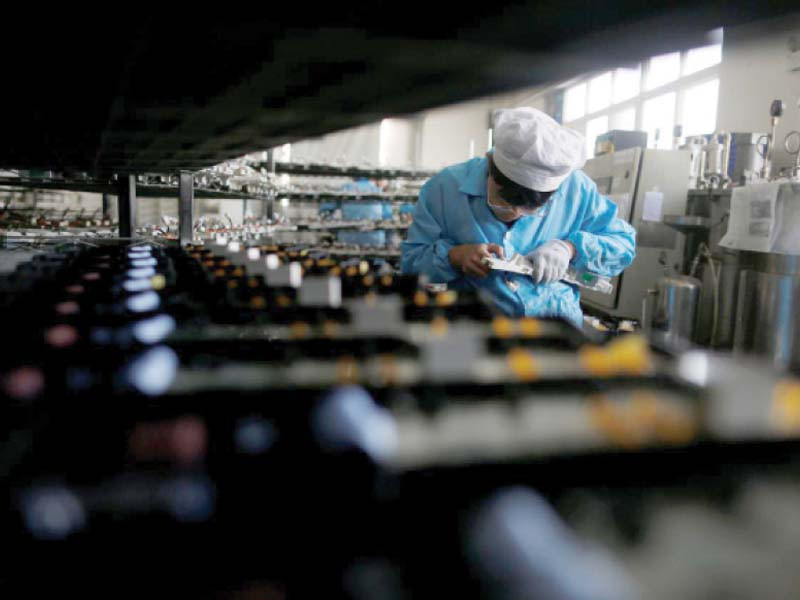
Small and medium enterprises (SMEs) are often referred to as the engine of growth because they not only produce a significant proportion of goods and services but also provide substantial employment opportunities. SMEs are typically founded by innovative entrepreneurs and can enhance business and trading prospects for their respective industries. According to a 2015 report by the International Labour Organisation on SMEs and decent employment creation, firms with less than 250 employees accounted for over 60% of total employment in low-income and lower-middle-income countries, and over 70% of total employment in South Asia.
SMEs in South Asia have played a crucial role in job creation, surpassing the contributions of larger firms. However, it is important to note that SMEs often exhibit lower productivity levels and wages compared to their larger counterparts. Low-income and low-middle-income countries have a higher proportion of informal SMEs, leading to challenges in terms of wages and productivity growth due to business obstacles. Additionally, SMEs have reported lower levels of participation in international trade activities, which often involves overcoming trade barriers and incurring significant fixed and variable costs not faced by firms operating in the domestic market.
One of the biggest challenges Pakistan faces today is the lack of export growth. Its goods exports have remained stagnant, failing to surpass $30 billion. Exports as a percentage of GDP have decreased from 15.2% in 2003 to less than 10% in recent years. In contrast, the average exports as a percentage of GDP for South Asia increased from 15.3% in 2003 to 23.6% in 2013, declining to 19% in 2021. The lack of trade integration has implications for SMEs as it limits business opportunities.
The World Bank recently released new survey data on Pakistani firms, providing an opportunity to analyse the performance of SMEs in Pakistan and identify obstacles by comparing them with other countries in the region. Among SMEs with less than 100 employees, approximately 8% export and 16% import, while over 30% of larger firms export and import. Moreover, around 22% of smaller firms that import their inputs also export their output, whereas over 50% of larger importing firms export their output. However, Pakistani SMEs report slightly lower values of imports and exports at the intensive margins compared to their Indian counterparts, indicating a lower proportion of their efforts directed towards trade. Essentially, Pakistani SMEs rely more on imported inputs than their Indian counterparts, resulting in a lower ability to participate in export activities.
Several SMEs report trade obstacles related to customs and regulations that discourage them from engaging in international trade. While nearly 90% of non-exporting firms report no obstacles or minor to moderate levels of obstacles, almost 50% of exporting firms report major or very severe trade obstacles. This discrepancy is expected since exporting firms are more likely to encounter customs and regulations compared to non-exporting firms. However, the percentage of exporting SMEs in India reporting such obstacles is lower. Pakistani SMEs that export face greater trading obstacles than their larger domestic counterparts and their Indian counterparts. It is worth noting that political instability and corruption rank as significant obstacles for many more SMEs in Pakistan than in India, where they are considered less problematic. However, even with trade obstacles ranked lower among the biggest challenges they face, exporting SMEs in Pakistan still face relatively more constraints compared to those in India.
It is recommended that the government focuses on developing the SME sector in Pakistan as it can be a crucial engine for growth. Encouraging the participation of SMEs in international trade activities is essential. For example, the digitalisation of trade processes through the Pakistan Single Window is a step in the right direction. However, it is essential to ensure that SMEs in remote areas or operating in neglected sectors also benefit from such initiatives. Training and outreach programs are necessary to maximise their participation.
Recent trade agreements include chapters and provisions that promote the involvement of SMEs in trading activities among member countries. Both ASEAN and the EU are leading in providing maximum support for SMEs when negotiating trade agreements with their partners. Policymakers in Pakistan should prioritise the inclusion of provisions in agreements that facilitate the development of the SME sector through trade linkages and the sharing of knowledge and technologies.
Lastly, it is crucial to enhance consumer awareness of products produced by formal SMEs that invest in quality, certifications, and production processes, which can improve their competitiveness in regional and global markets. The government must not only consider easing restrictive practices and regulations but also ensure that Pakistan adopts internationally recognised standards and assessments, making SME products more competitive and appealing to foreign consumers. This may require adopting technical measures commonly applied by more significant trading partners.
The writer is the Assistant Professor of Economics and Research Fellow at CBER, Institute of Business Administration, Karachi
Published in The Express Tribune, June 26th, 2023.
Like Business on Facebook, follow @TribuneBiz on Twitter to stay informed and join in the conversation.






1719053250-0/BeFunky-collage-(5)1719053250-0-270x192.webp)












COMMENTS
Comments are moderated and generally will be posted if they are on-topic and not abusive.
For more information, please see our Comments FAQ